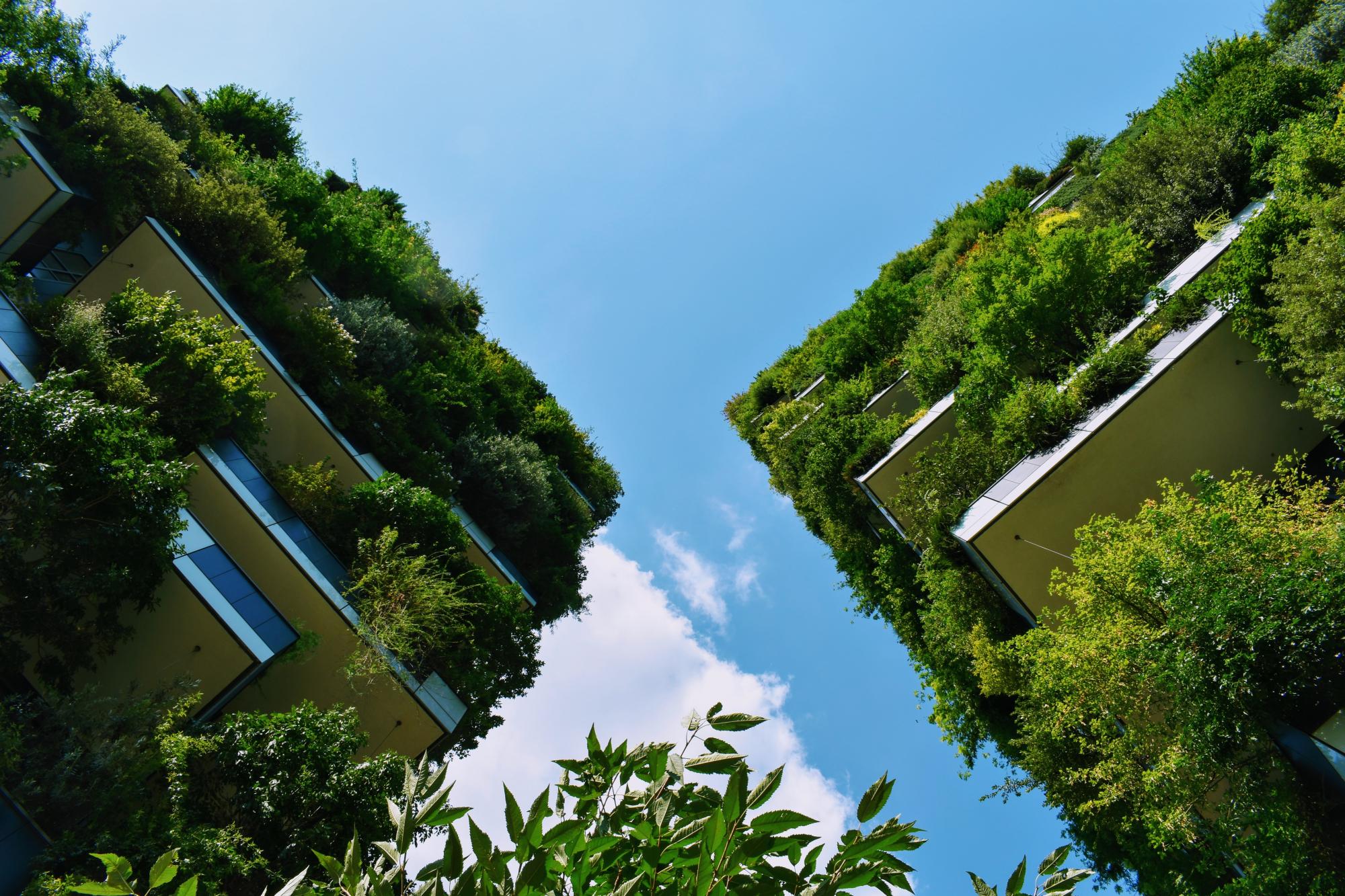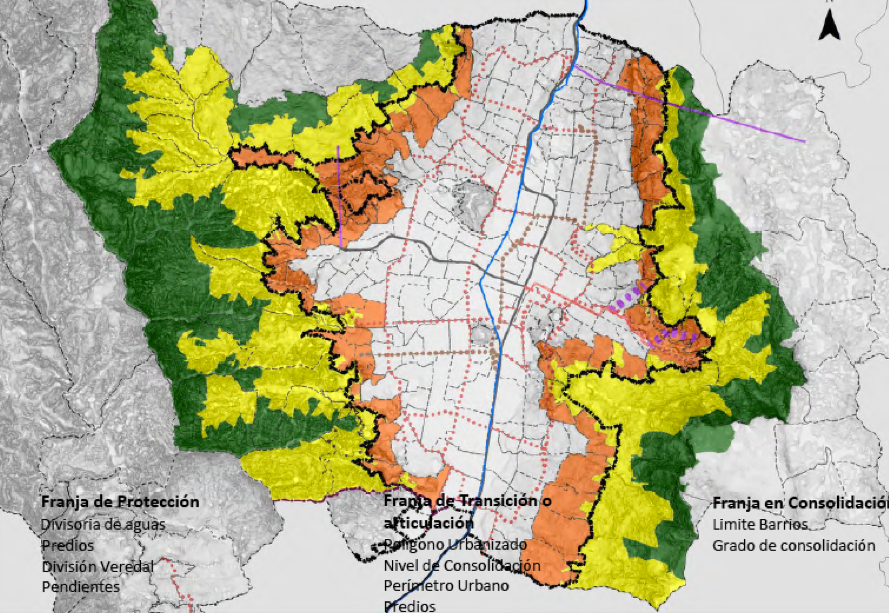Medellin is the second-largest city in Colombia. The city used to be one of the most dangerous in the world, as Pablo Escobar founded here the Medellin cartel. After the death of Escobar, the city's homicide rate has decreased by 95% and extreme poverty by 66%, thanks in part to a string of innovative mayors who laid out plans to integrate the poorest and most violent hillside neighbourhoods into the city centre in the valley below. The same innovative mayors realised that Columbia and its cities are very vulnerable to climate change being located in a tropical zone and is influenced by El Niño and the La Niña. In Medellin, the municipality has built upon a tradition of planning to become an urban lab for the construction of public life with the aim of inclusive, peaceful and sustainable development. As such starting in 2008 Medellin began implementing a green strategy whose goal was the creation of a green belt around the city as well as waste control. The intervention discussed in this case is one initiated in 2014 when the municipality carried out planting and reforestation projects for the protection of the eastern slopes of the city. (1,2,3)
Overview
Nature-based solution
- Parks and urban forests
- Large urban parks or forests
- Pocket parks/neighbourhood green spaces
- Green corridors and green belts
Key challenges
- Climate action for adaptation, resilience and mitigation (SDG 13)
- Climate change adaptation
- Climate change mitigation
- Environmental quality
- Waste management
- Green space, habitats and biodiversity (SDG 15)
- Habitat and biodiversity conservation
- Green space creation and/or management
- Water management (SDG 6)
- Flood protection
- Health and well-being (SDG 3)
- Creation of opportunities for recreation
- Social justice, cohesion and equity (SDG 10)
- Social justice and equity
- Environmental education
Focus
Project objectives
Implementation activities
Climate-focused activities
Climate change adaptation:
- Implement measures that prevent/manage desertification, soil erosion and landslides
Climate change mitigation:
- Increase green urban nature for carbon storage (wetlands, tree cover)
- Improve carbon sequestration through selection of more adaptable species
- Raise public awareness of behaviours, lifestyle and cultural changes with mitigation potential
Biodiversity conservation or restoration-focused activities
Biodiversity conservation:
- Protect and enhance urban habitats
- Preserve and strengthen existing habitats and ecosystems
- Preserve and strengthen habitat connectivity
- Protect species
- Undertake specific measures to protect species
- Undertake specific measures to protect native species
- Means for conservation governance
- Biodiversity offsets
Main beneficiaries
- Marginalized groups: Socio-economically disadvantaged populations (e.g. low-income households, unemployed)
- Young people and children
Governance
Management set-up
- Government-led
Type of initiating organisation
- Local government/municipality
- Researchers/university
Participatory approaches/ community involvement
- Dissemination of information and education
- Consultation (e.g. workshop, surveys, community meetings, town halls)
- Joint implementation (e.g. tree planting)
Details on the roles of the organisations involved in the project
Project implemented in response to ...
Financing
Total cost
Source(s) of funding
- Public regional budget
- Public local authority budget
Type of funding
- Earmarked public budget
Non-financial contribution
- Provision of land
- Provision of labour
- Provision of expertise
- Exchange of services
- Public authorities (e.g. land, utility services)
- Citizens (e.g. volunteering)
Impacts and Monitoring
Environmental impacts
- Climate change
- Enhanced carbon sequestration
- Environmental quality
- Improved waste management
- Improved soil quality
- Water management and blue areas
- Improved water quality
- Increased protection against flooding
- Green space and habitat
- Increased green space area
- Increased number of species present
Economic impacts
- Increase of green jobs (e.g. paid employment positions)
- Stimulate development in deprived areas
Socio-cultural impacts
- Safety
- Increased perception of safety
- Social justice and cohesion
- Fair distribution of social, environmental and economic benefits of the NBS project
- Improved liveability
- Education
- Increased support for education and scientific research
Type of reported impacts
Presence of formal monitoring system
Presence of indicators used in reporting
Presence of monitoring/ evaluation reports
Availability of a web-based monitoring tool
References
2. Area Metropolitana - Valle de Aburra (2014), EN EL CINTURÓN VERDE METROPOLITANO SE CONTEMPLA LA REFORESTACIÓN, available at Source link (accessed 17-10-2021)
3. Medellín: A City for Life (2017), available at Source link (accessed 17-10-2021)
4. Observatorio de Políticas Públicas del Concejo de Medellín_ OPPCM , Investigación liderada por la Universidad Eafit. Medellín
(2016), EL CONTROL URBANÍSTICO EN EL CINTURÓN VERDE, available at Source link (accessed 17-10-2021)
5. Pacific Standard (2016), THE CONSTRUCTION OF MEDELLIN’S GREEN BELT, available at Source link (accessed 17-10-2021)
6. C. A. Patiño, José Luis Miralles i García, (2015), Design and management of the metropolitan green belt of Aburrá Valley, Colombia, available at Source link (accessed 17-10-2021)
7. Prof. Isabelle Anguelovski, Prof. Clara Irazábal-Zurita, Dr. James JT Connolly (2018), Grabbed urban landscapes: Socio-spatial tensions in green infrastructure planning in Medellín, available at Source link (accessed 17-10-2021)
8. Cinturon Verde - blog of the intervention (no date), available at Source link (accessed 17-10-2021)



